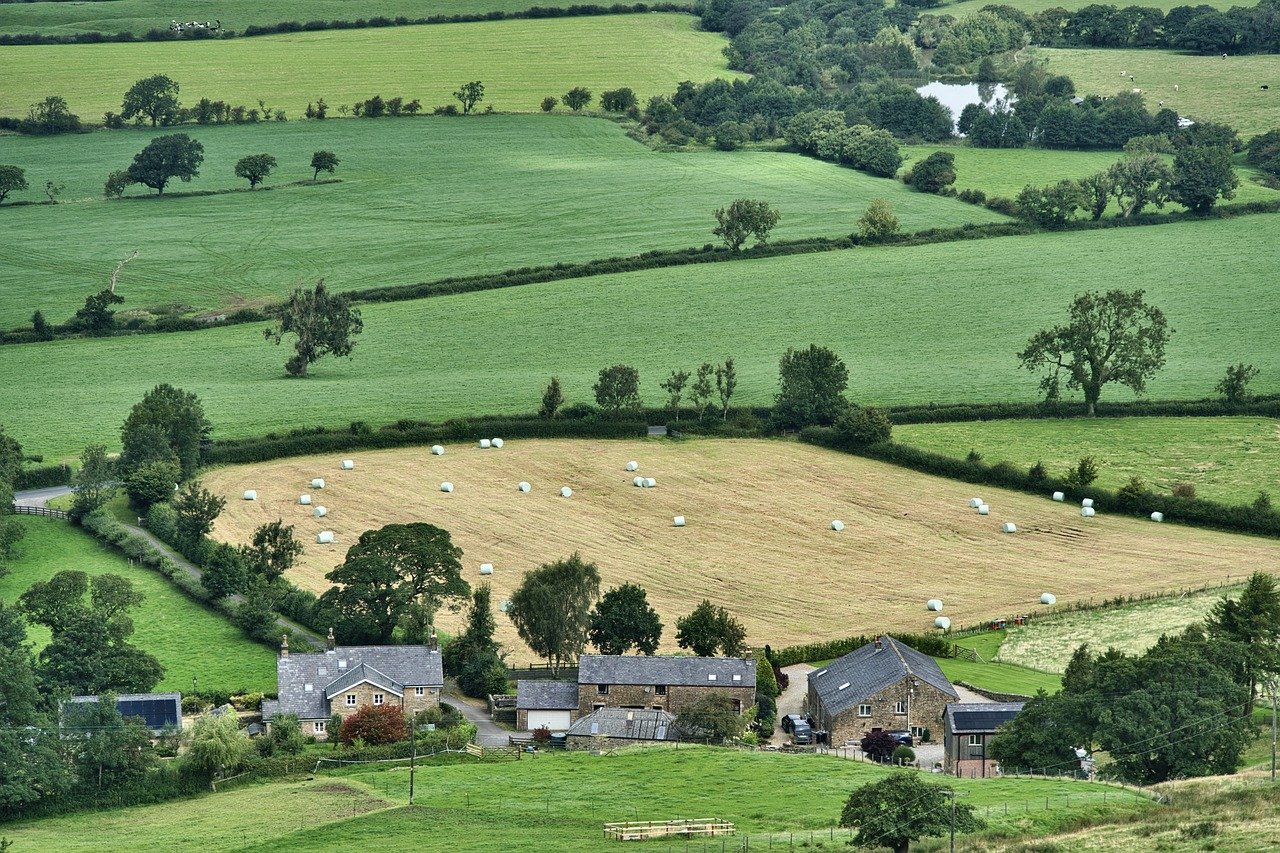
“Climate change,” “carbon footprint,” and “carbon emissions” are not mere buzzwords to be casually thrown around in conversation. The environmental consequences of carbon emissions are profoundly tangible, and this holds particularly true for large-scale industries like the food sector.
The food industry is a vast, intricate network of various businesses that provide sustenance around the world. Nowadays, it comes in many forms – from small, family-run operations with a lot of hands-on work, to big, high-tech factories with a lot of machinery. Scope 1, Scope 2 and Scope 3 emissions need to be measured effectively so that action can be taken to reduce them in the future.
It is also crucial to recognise that a sizable portion—amounting to 34%—of the world’s greenhouse gas emissions stem from food and agriculture. This underlines the fact that every phase, spanning from production and processing to distribution, collectively contributes to the overall emissions. Most greenhouse gas emissions originating from food processing facilities stem from the utilisation of energy sources such as electricity, natural gas, coal, diesel, and gasoline.
In understanding these carbon emissions, the Greenhouse Gas (GHG) Protocol has meticulously categorised them into Scope 1, Scope 2, and Scope 3 emissions. This categorisation aids businesses in acquiring a holistic understanding of the scale of their carbon footprint and offers guidance on how to curtail it.
Scope 1 Emissions
Scope 1 emissions refer to emissions that originate directly from sources owned or managed by an organisation and are essential for their operational activities. For instance, within a food production facility, direct emissions would arise from equipment such as boilers, heaters, cookers, the fleet of vehicles, and wastewater treatment systems. According to the GHG Protocol, these energy-intensive procedures are classified as direct emissions.
Scope 2 Emissions
Scope 2 emissions entail indirect emissions originating from the production of purchased electricity, steam, heating, and cooling. Despite these emissions occurring off-site, they are connected to the organisation’s operations. In the case of a restaurant, the electricity usage stems from refrigeration, running other kitchen appliances, lighting, and space cooling. These emissions produced from electricity consumption fall under Scope 2, since even though the electricity is used on-site, its generation (and resulting emissions) take place elsewhere.
Scope 3 Emissions
These encompass additional indirect emissions throughout an organisation’s value chain, stemming from suppliers, collaborators, and staff. These emissions arise due to food processing operations but originate from sources not owned or controlled by the manufacturer (e.g., ingredients, shipping, equipment production, solid waste disposal, contractors, employee travel). For example, a packaged food distributor would have a majority of its emissions largely coming through indirect emissions in their supply chain as their distribution may consists of different types of products from products that require imported ingredients, products that are entirely manufactured in-house to finished products that are imported and distributed as is.
Mitigation Measures
Understanding the implications of Scope 1, Scope 2, and Scope 3 emissions is crucial for the food industry’s journey towards sustainability. A key tactic for businesses to improve their environmental approach is thorough monitoring of emissions across their value chains. As companies embrace decarbonisation, identifying high-impact activities in terms of carbon emissions and taking targeted actions becomes essential.
The way ahead involves finding decarbonisation measures, such as:
Championing vertical integration and collaboration: Decarbonisationplatformshold various opportunities for food producers, processors, and consumers that do not necessarily lead to increased costs or reduced margins. Collaboration within the supply chain is vital to explore these opportunities effectively. The trend towards vertical integration within the food value chain is expected to grow, driven by sustainability goals. This integration can take diverse forms, from retailers and brands gaining more control over the upstream value chain to farmers moving down the chain with their sustainable concepts, ensuring fair compensation.
Adapting to consumer preferences: Approximately 43% of consumers worldwide are inclined to purchase from companies deeply committed to sustainability, even if it means paying a slightly higher price for their goods or services. Nonetheless, motivating consumers to translate intention into action is crucial, presenting significant growth prospects for companies. In the food industry, aligning products with the preferences of the target audience is possible, but it hinges on ensuring that the business practices supporting the brand also align with these expectations.
Meeting food demand responsibly: The accumulation of carbon in the atmosphere stems from emissions and carbon capture. Deforestation for expanding agricultural land worsens this process, as forests act as vital carbon sinks. To counteract this, we must find ways to meet food demand without resorting to deforestation. Maximising our current land usage efficiently is essential to cater to future food requirements without further encroaching on forests.
Given that a significant portion of greenhouse gas emissions originates from the food and agriculture sector, particularly on a large scale, it’s imperative for the industry to take proactive steps in comprehending and reducing their carbon footprint. This demands a thorough and vigilant monitoring process across the entire value chain, as the climate crisis is not a remote concern, but an imminent reality.
You may be interested in: What Does It Take To Enter The Aerospace Engineering Industry?

